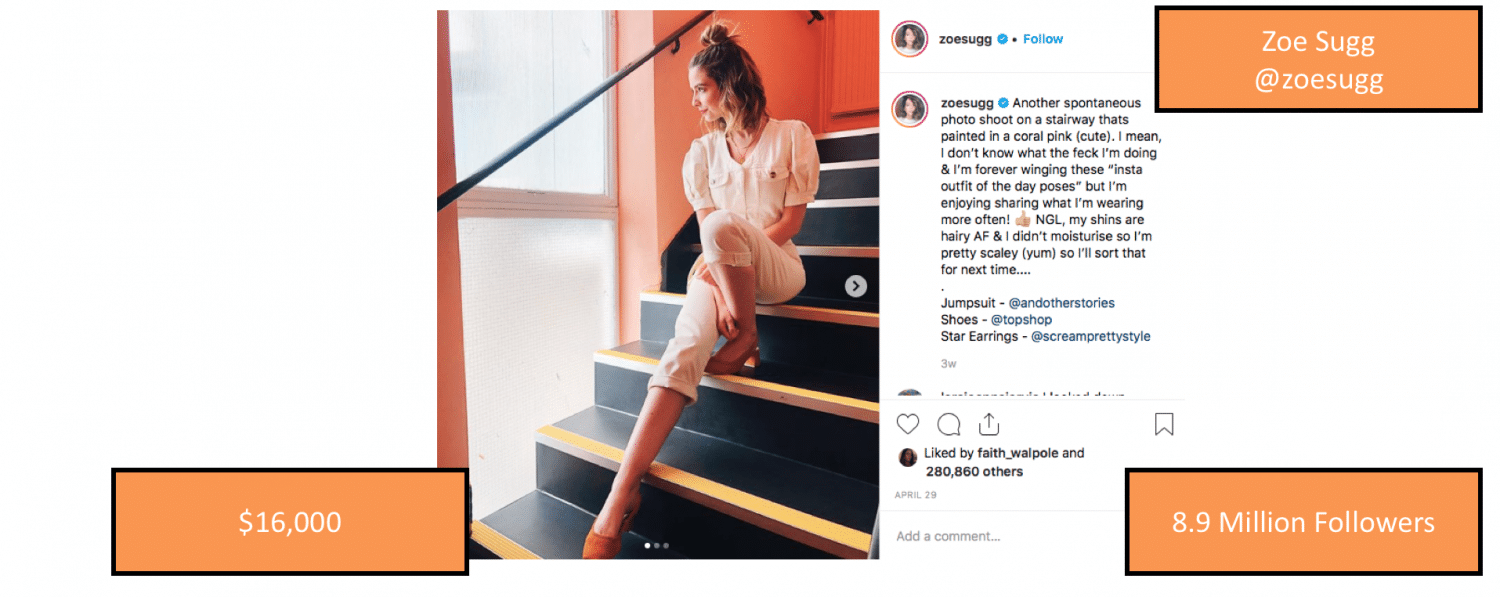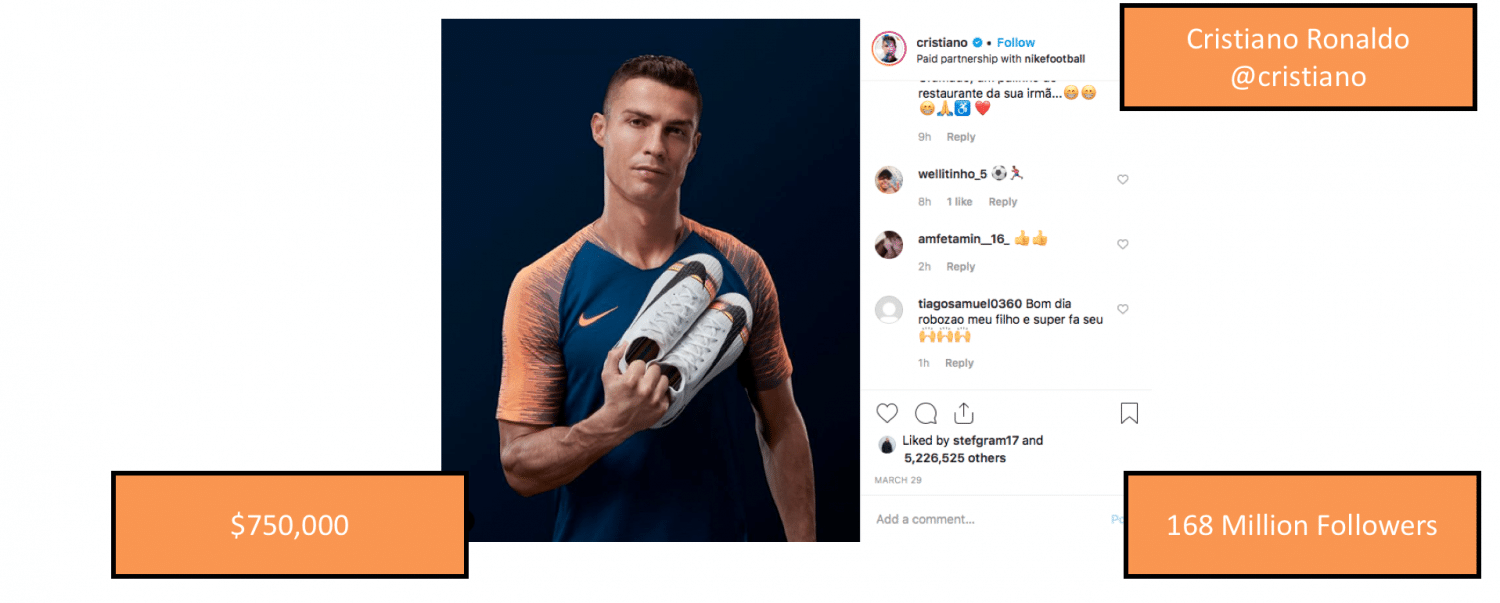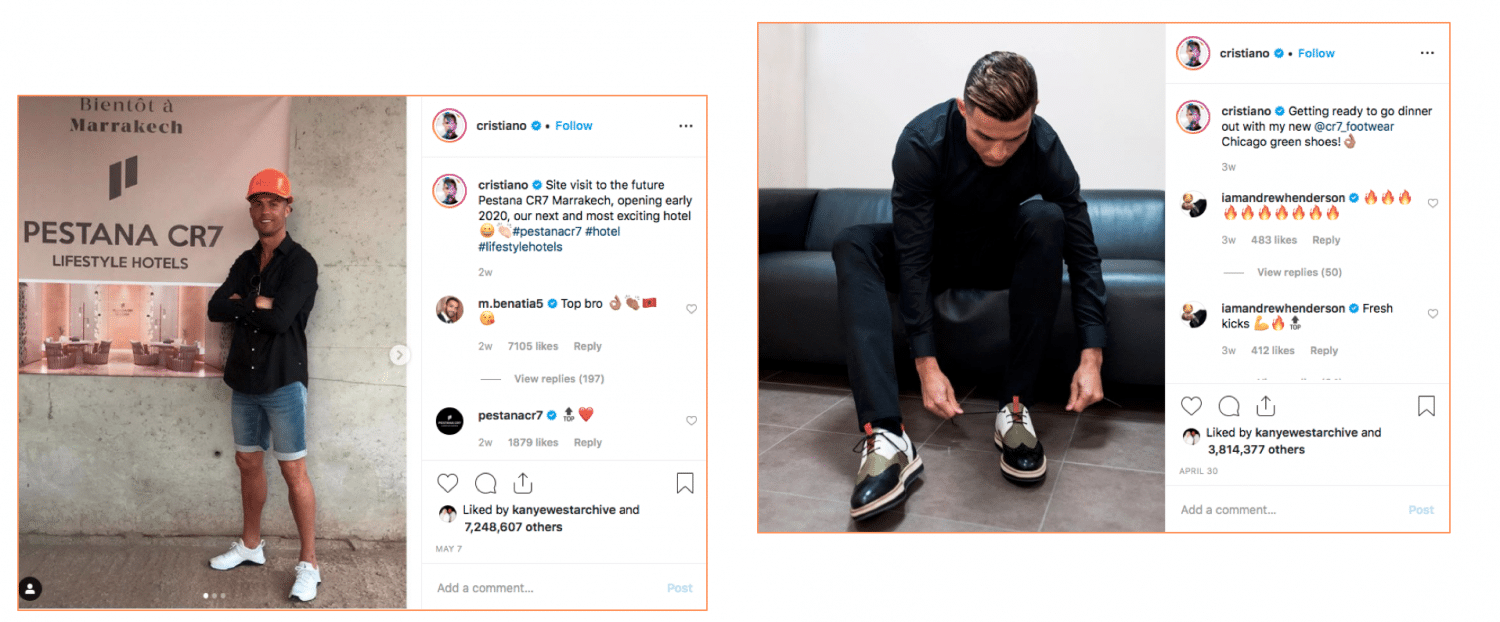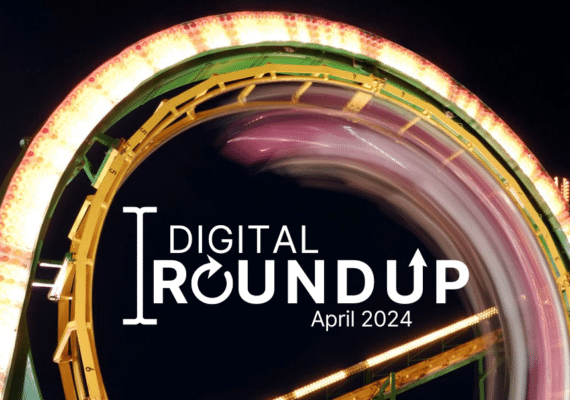The face of digital marketing and social media is continually changing, and influencer marketing is one aspect that is making a real impact on consumers browsing and buying habits.
Although you’d be wrong to think that influencer marketing is a new ‘internet thing’. Think about Coca-Cola, they’ve been using Santa since 1931 to influence their audiences and continue to do so with their now famous Coca-Cola Christmas Truck Tour!
Contents
So What Is Influencer Marketing?
Today influencers are ‘real’ people who have built a following on social media channels, due to the fact that their followers idolise them or respect their opinions and are ‘influenced’ by them. Many influencers have acquired a loyal following due to their lifestyle, job or hobby, the clothes they wear or the stories they tell.
The emergence of Instagram influencers opened up huge opportunities for businesses to authentically market their products to their target audience, and thus the ‘paid post’ phenomenon was born. With 93% of influencer marketing carried out on Instagram, it’s become the go to social channel for influencers to be seen and heard.
In the early days, it might have been enough for a brand to send an influencer one of their products as a gift, in return for them posting about it on their profile. But this changed with the rapid growth of Instagram, as influencers realised they could not only gain free products, but actually charge brands for grid real estate on their profile.
Present Day Influencer Marketing
In a recent survey of one million Instagram business account users, 39% plan to increase their budget for influencer marketing.
Not all influencers are created equal and knowing the right influencer for your target audience and brand is key to creating engagement and building relationships. This table shows the different bands of influencers according to their number of followers and in the last column their average engagement rate per post.
The highest growth area is micro-influencers with 84% charging less $250 per post, in fact 97% of micro-influencers charge less than $500. Price isn’t the only advantage of micro- influencers, as consumers are more likely to relate and believe these influencers when they advocate products and consumers rather than mega celebrities.
Zoe Sugg, the face of Zoella is one of the highest paid UK influencers with 8.9 million followers on Instagram. If you want Zoe to come on board with your brand, it’s going to cost $16,000 per post.
At the other end of the scale, you have Mr Cristiano Ronaldo with 168 million followers on Instagram, although it will cost $750,000 to engage his influencer services.
Influencers also promote their own products, for example, Ronaldo owns his own clothing company and his own hotel chain and uses his own influence to market these; well why wouldn’t you!
Influencer Marketing ROI
Engagement rates are crucial in measuring influencer marketing and can be calculated with the simple equation of No. Of Likes & Comments ÷ No. Of Followers. While a recent study by the Influencer Marketing Hub found that for every $1 spent on influencer marketing, businesses are receiving $5.20 in media value.
92% of all businesses who use influencer marketing say it is an effective use of budget, and that they think it works. Creating brand awareness is probably the biggest element, although 22% of 18-34 year old’s have made large purchase decisions based on an influencers endorsement or recommendation globally.
The Future of Influencer Marketing
Whilst there are still sceptics out there when it comes to influencer marketing, studies suggest the industry will be worth $10 Billion by 2020 worldwide. Already we’ve seen massive growth from $1.7 billion in 2016 to $3 billion in 2018 and it’s looking to be around $7 billion by end of 2019.
Like Ronaldo, more influencers in the future will see the benefit of launching their own labels, although consumers are becoming savvier and will be harder to convince. The influencer industry will continue to be plague by vanity metrics; it is after all what started it.
Whether today’s influencers stand the test of time like the Coco-Cola / Santa tie up, businesses will continue to invest in influencer partnerships / campaigns with more marketers seeing its value over time.
Want to know more about the influencer phenomenon? We’ve just launched a new half-day Influencer Marketing workshop to help businesses understand the huge opportunity influencer marketing could offer your business. Contact us to discover how to find the right influencers, guidelines of legality, protection, running a campaign and of course measuring its success.









